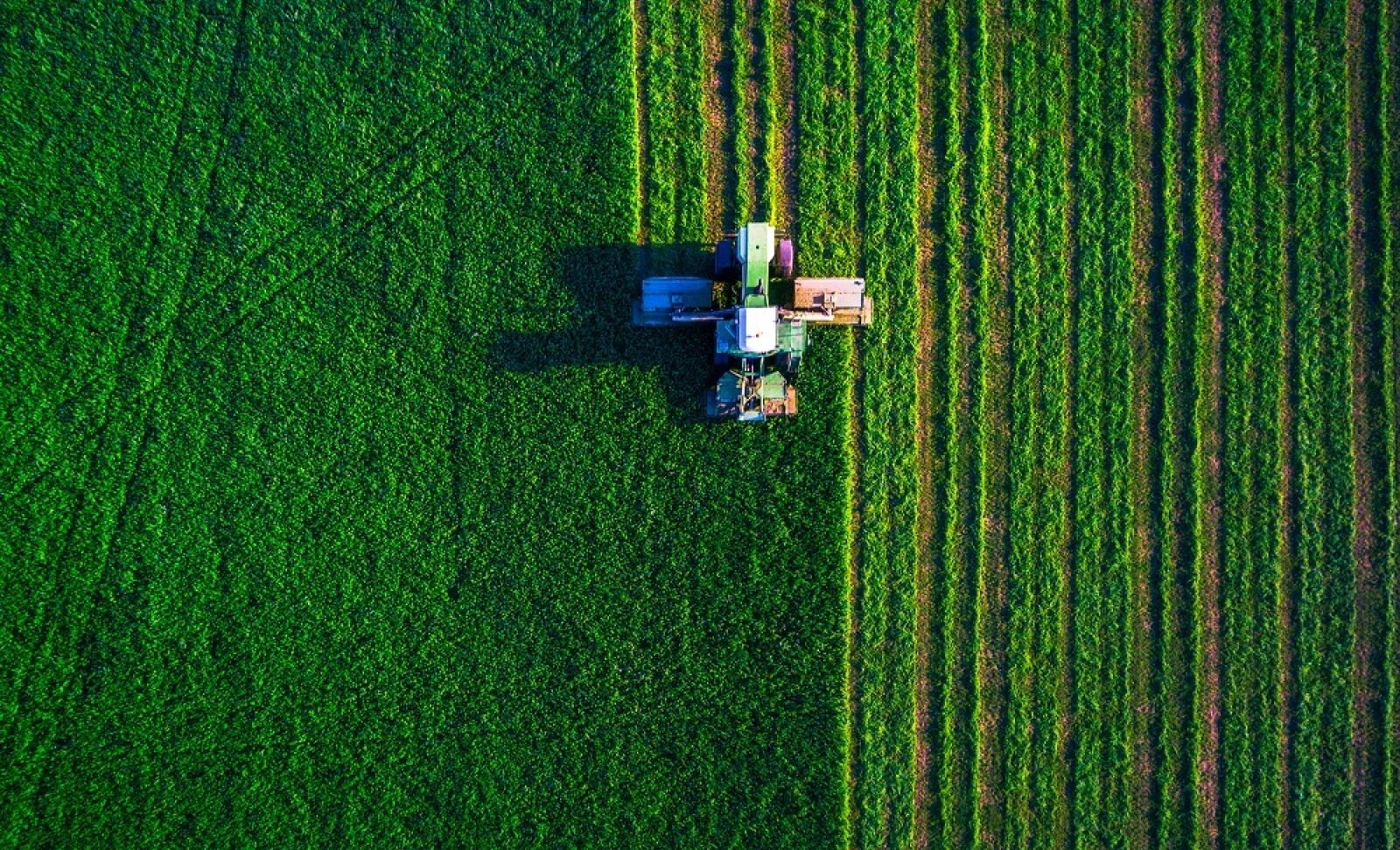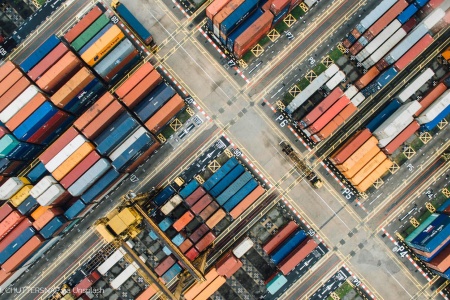
Case Study - Tetra Pak
Tetra Pak, headquartered in Lausanne, Switzerland, offers complete solutions for the processing, packaging and distribution of food products. Here, Mario Abreu tells us about Tetra Pak's science-based targets.
Tetra Pak is the world’s leading food processing and packaging solutions company of Swedish origin with headquarters in Lausanne, Switzerland. Dairy products, beverages, ice cream, cheese, food and vegetables and pet food are examples of products that can be processed or packaged in Tetra Pak® processing and packaging lines.
Tetra Pak was founded by Ruben Rausing and built on his belief that “A package should save more than it costs”, a principle that still lies at the core of the business. The first package was a tetrahedron-shaped plastic-coated paper carton, from which the company name was derived. Tetra Pak is currently the largest food packaging and processing company in the world by sales, operating in more than 170 countries, with over 23,000 employees.
We spoke to Mario Abreu, Vice President, Environment, about the company’s science-based target.
Why did you set a science-based target?
We have been on a journey in terms of climate for a few years and this was the natural next step for us. We set an energy efficiency target in 2002, carbon emissions reduction targets for scopes 1 and 2 in 2005, and our first value chain (scope 3) target in 2010. We had already measured the carbon in our value chain – up and downstream. In 2015, we announced our commitment to using 100% renewable energy via the RE100 initiative.
Setting a science-based target sounded like the right next thing to do – and was also a way of checking whether the targets and activities we already had in place were aligned with the latest science.
What was the process for setting your target?
I became part of the Technical Advisory Group of the Science Based Targets initiative in 2014, so we already knew a lot about the requirements for having a target approved. When we went back through the guidance document and compared it to what we already had in place we realised we had to look beyond 2030, and set longer term targets for 2040. This was essentially just a case of extrapolating from what we were already doing.
We didn’t have much external help in setting the target but some years before we had benefitted greatly from technical advice and capacity building support from WRI, as part of their Corporate Consultative Group, of which we are a member. They helped build up the skills in my team, which meant we were able to do the target setting and calculations in house.
How was it received internally?
Actually, selling it internally was the easiest part. We already had well-anchored climate goals in our 2020 strategy, plus targets for 2030. By committing to setting a science-based target we were not deviating from this ambition, simply re-grounding it in science. This really appealed to staff.
In the past, we had had lots of climate goals but no specific roadmap. Science-based targets gave us that roadmap and meant we could say “these are the numbers that science says are right for us”. This enabled us to measure our commitment to the collective effort of keeping global temperature rises below two degrees Celsius. And my colleagues could say, “I am proud Tetra Pak is doing this”. It did bring up a lot of pride and increased staff engagement.
What are the benefits of setting a science-based target?
We were the first in the food packaging industry to set a science-based target, which is great for our reputation and our standing with customers and other stakeholders. It gives us a new way to have conversations with customers that feel positive – about what can and should be done, rather than about restrictions or cuts. It shows them that we are looking seriously at ways in which we can reduce our footprint – and thus lower their emissions too. Indeed, several our customers have set science-based targets themselves.
It also bolsters our brand around sustainability and shows we understand the needs of today, and the trends shaping business. We can go back to customers, regulators, investors and say: “we are doing our homework, we have already made good progress on value chain emissions, we can show you the numbers so far, and we also have big ambitions for the future, that are grounded in science.”
We are already reaping these benefits and getting very good feedback from stakeholders, but we have only just set our science-based target so we hope and expect there will be more benefits to come.
What are the costs?
Of course, there are some short terms costs, for example, paying premium prices for renewable energy. But these are not very significant in the grand scheme of things, and we believe that unless we do our bit to drive demand, and make renewable energy use the norm then things won’t change.
It is important to signal that this investment is reaping benefits, that there are companies committed to renewables even if it comes at a premium price. In the last two years, we are already seeing the availability and prices of renewables beginning to improve and we are sure this will continue.
What have the challenges been?
For our company – and many others like us –an important part of our commitment to science-based emissions reduction targets is the “use phase” of our products. If we make our equipment much more energy efficient then the result is that demand will almost certainly go up, because we will have a lower-carbon offering than our competitors. This means we will sell more overall, and so – ironically, even though we have made our equipment much more energy efficient – our overall carbon footprint will go up. This could result in our missing our target! It is our biggest challenge in terms of internal buy-in and overall success.
It’s a conundrum. We want to make our equipment more energy efficient. We want to sell more. And we want to hit our target. The answer? We just have to make sure our energy efficiency gains are greater than our sales increases – in other words, we have to make our products even more low carbon to offset the increase in the number we sell.
Has having a science based target driven innovation in the company?
Yes. Our main focus at the moment is raising internal knowledge on renewable energy investment. We are looking at how to make investments in solar panels part of bigger projects, to spread the cost over a longer period of time. So far our investments in generating our own renewable energy have been reasonably modest but we are scoping possibilities, mapping scenarios, and planning for the future.
Join the companies taking action
Latest News
View News


